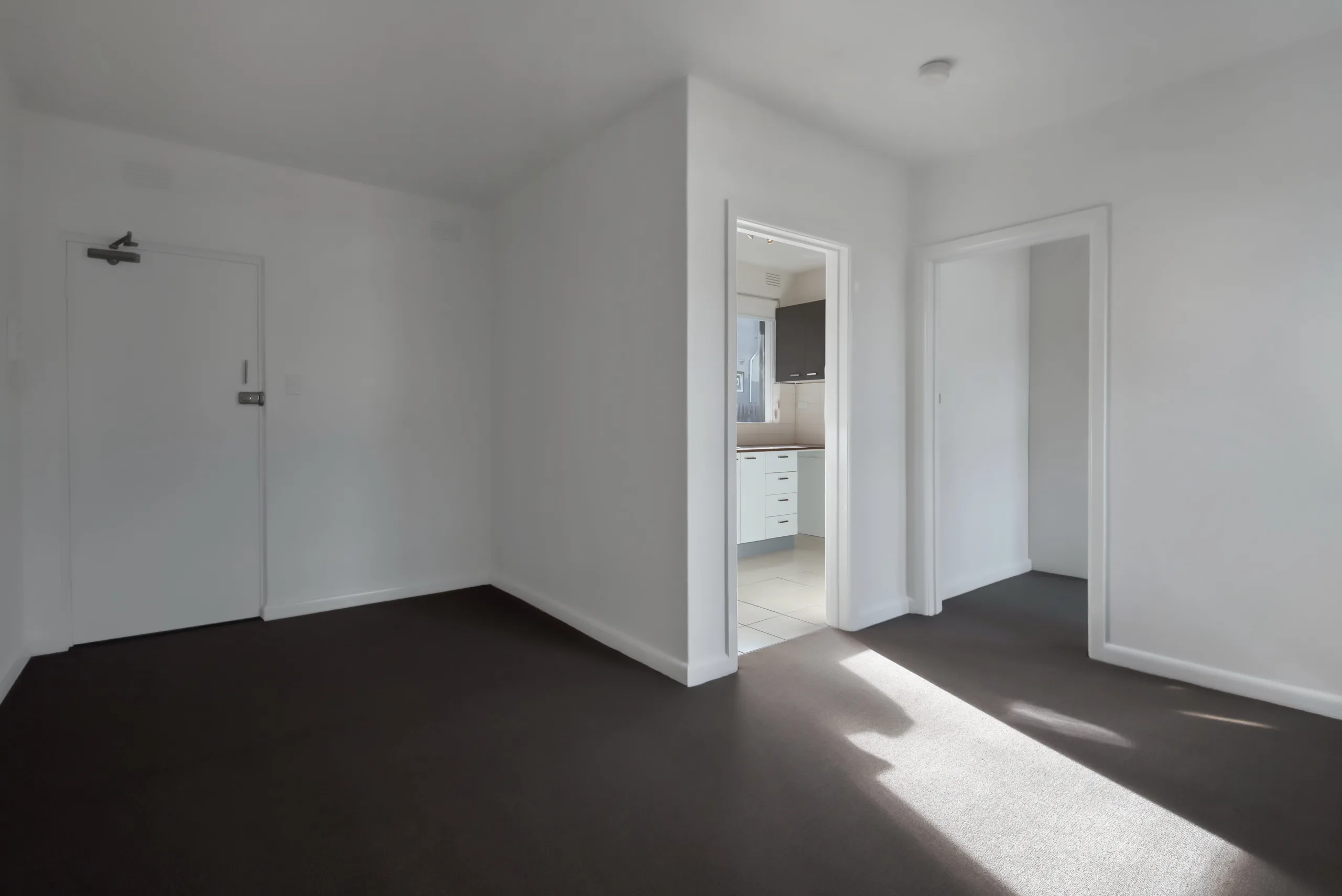
Are you living in a small apartment or home with limited space? Do you find it difficult to make the most out of your multipurpose areas, such as your living room or bedroom? Look no further because we have some creative ways to optimize your space and make it work for you.
Multipurpose spaces are becoming increasingly popular as people seek to maximize their living quarters. Whether it’s a studio apartment or an open-plan loft, multipurpose spaces offer flexibility, functionality, and convenience. However, achieving this balance can be tricky without the right approach. In this article, we will explore some innovative and cost-effective ways to transform your multipurpose spaces into practical and stylish areas that serve all of your needs.
What is the Multipurpose Spaces?
Multipurpose spaces, also known as multifunctional spaces, are areas within a home, office, or other building that are designed to serve multiple functions. These spaces are particularly common in small homes or apartments, where space is at a premium and each room needs to serve more than one purpose.
For example, a multipurpose space might serve as a living room, a dining room, and a home office all in one. This could involve a table that serves as a dining table during meal times but is used as a desk during the day. A sofa in this space might also double as a guest bed.
In larger homes, multipurpose spaces can also be useful. For instance, a basement might be designed to serve as a playroom for children, a home theater, and a guest bedroom.
The key to designing a successful multipurpose space is ensuring that it can transition smoothly from one function to another, that each function has the space it needs, and that the overall design remains cohesive and aesthetically pleasing. This often involves creative storage solutions, versatile furniture, and clever design techniques.
HOW DO YOU CREATE A MULTIFUNCTIONAL SPACE?
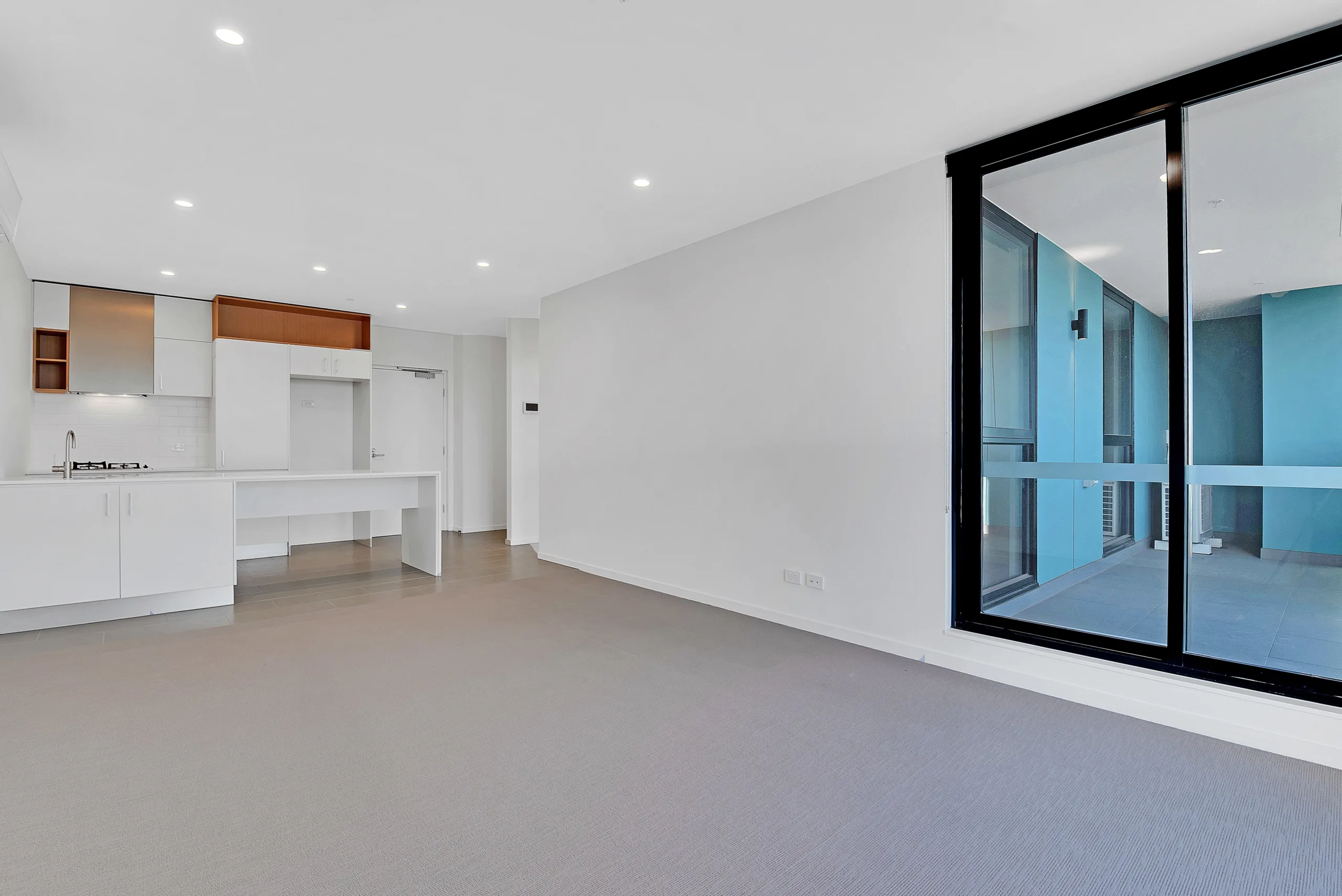
Creating a multifunctional space requires careful planning and design to ensure that the room serves all its intended purposes effectively. Here’s a step-by-step guide on how you can create a multifunctional space:
1. Identify Your Needs
Before you begin, identify the different purposes that the space will serve. This might be a combination of a home office, guest bedroom, living room, workout space, or kids’ play area. The key here is to understand your lifestyle and the activities you frequently engage in at home.
2. Create a Layout
Sketch a layout of the space, taking into account the different zones needed. Ensure there’s enough room to perform each activity comfortably without any area feeling cramped. It’s important to designate areas for each activity, creating “zones” within the space.
3. Choose Flexible Furniture
Opt for furniture that is adaptable and can serve multiple purposes. A sofa bed can serve as seating during the day and a bed for guests at night. A dining table can double as a workspace during the day. Pieces with built-in storage can help keep the area clutter-free.
4. Use Room Dividers
Room dividers can help create distinct zones within the space. You can use bookshelves, folding screens, curtains, or even plants. These dividers can help create a sense of privacy and make the space feel more organized.
5. Optimize Storage
Effective storage is key in a multifunctional space. Use vertical space with shelving units or tall bookcases. Under-bed or under-sofa storage can be a great place to keep items that aren’t used daily. Baskets, bins, and other organizers can help keep smaller items tidy.
6. Pay Attention to Lighting
Different activities require different types of lighting. A workspace needs bright, focused light, while a relaxation area benefits from softer, ambient lighting. Use a mix of overhead lights, task lamps, and accent lights to suit the various needs.
7. Differentiate with Colors and Textures
Using different colors, textures, and materials can help to visually differentiate the different zones within your multifunctional space. This can be achieved with rugs, wall colors, furniture materials, or decorative items.
8. Keep It Cohesive
While it’s important to define the different areas within the space, you also want the room to feel unified. Make sure there’s a cohesive style or color scheme that ties the entire room together.
9. Allow for Flexibility
The needs of your space might change over time, so design with flexibility in mind. Choose furniture that’s easy to move or rearrange, and keep storage solutions adaptable.
By following these steps, you can create a functional and stylish multifunctional space that serves your needs and adapts to your lifestyle.
Ways To Improve Multipurpose Spaces
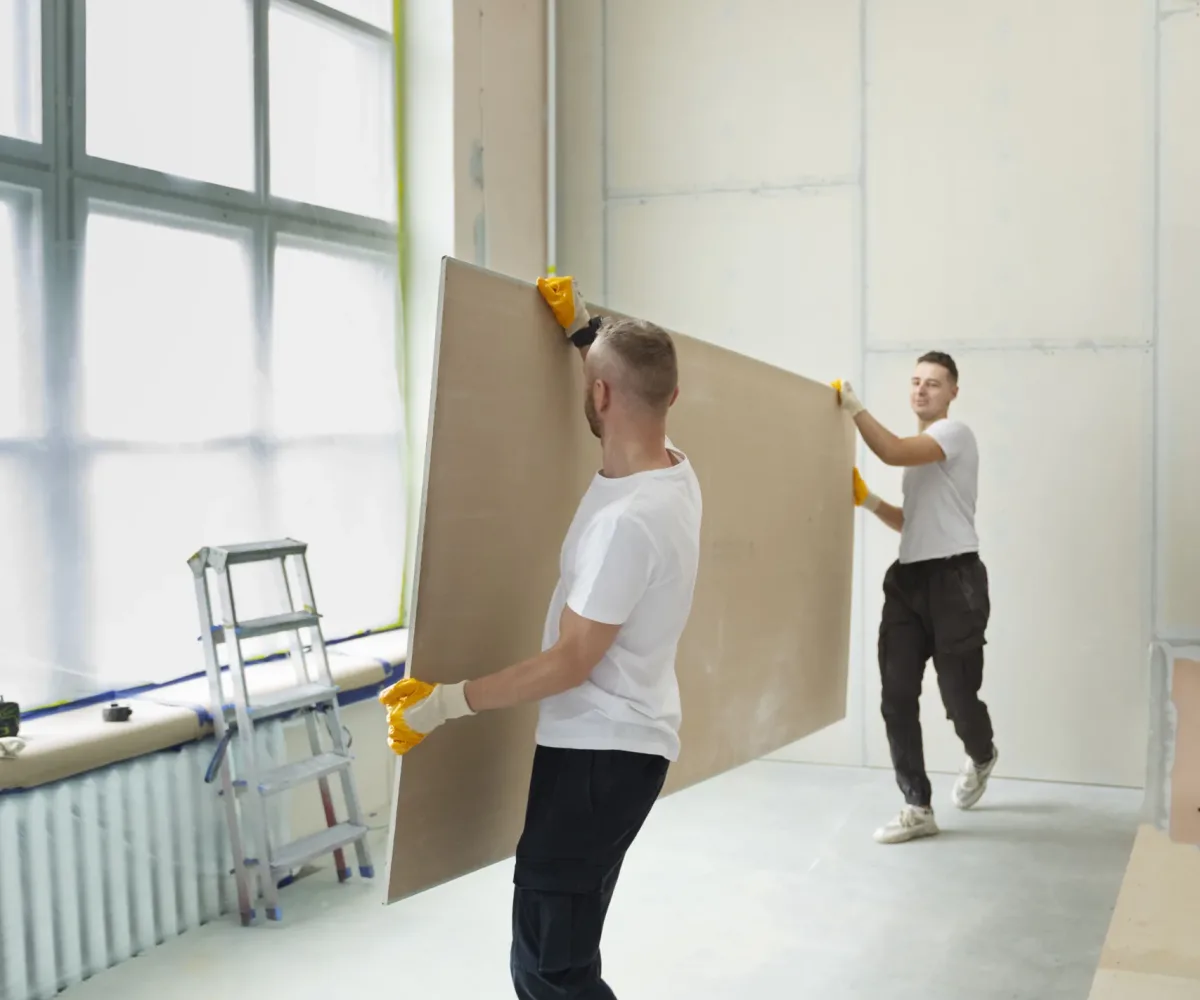
Multipurpose spaces have become a significant trend in modern interior design, particularly in urban dwellings where square footage is at a premium. These spaces serve multiple functions, from a living room that doubles as a home office to a dining room that can be transformed into a study area. While they offer fantastic flexibility, the challenge lies in ensuring they remain functional, comfortable, and aesthetically pleasing.
1. Flexible Furniture
The key to a successful multipurpose room is adaptable furniture. Look for items that can serve more than one purpose or can be easily moved and rearranged. Consider a dining table that can double as a desk during the day, a sofa bed for overnight guests, or an ottoman with hidden storage. Nesting tables are great as they can be expanded or condensed as needed, and modular furniture can be rearranged to suit various functions.
2. Effective Storage Solutions
Keeping a multipurpose space tidy is essential, and smart storage solutions are a must. Use vertical space with shelving units or tall bookcases, and consider wall-mounted desks or foldable tables to save floor space. Keep items organized with labeled bins and baskets, and make sure everything has a dedicated place. Under-bed storage is also a great way to hide away items when they’re not in use.
3. Room Dividers
Room dividers can be used to section off different areas of a room for different purposes. Consider using a bookshelf as a room divider, providing storage and a clear division of space at the same time. Curtains or folding screens can be used to temporarily separate areas, and they can be easily moved or removed when not needed.
4. Lighting Techniques
Lighting plays a crucial role in creating distinct zones within a multipurpose space. Use different lighting fixtures for different areas — for example, a pendant light for a dining table, a desk lamp for a workspace, and soft, warm lighting for a relaxation area. Dimmers can also help to adjust the mood and functionality of a space.
5. Zoning with Colors and Textures
Using different colors and textures can help to define different zones within your multipurpose room. You might have a neutral color palette for your workspace, while your relaxation area might feature warmer, softer tones. Textures can also be used to differentiate spaces, such as a soft rug for a living area and a smooth, hard surface for a dining or working area.
6. Multi-level Spaces
If your room’s architecture allows it, consider creating a multi-level space. This could mean having a raised platform for your bed in a studio apartment, or a sunken area for a cozy living room within a larger space. This adds visual interest and clearly delineates different functional areas without the need for walls or dividers.
7. Clever Design Tricks
There are many design tricks you can use to create the illusion of separate spaces within a larger room. For example, hanging artwork at different heights can signal different zones. Similarly, placing a rug under a table and chairs can create the impression of a separate dining area. Mirrors can also be used to make a space feel larger and more divided.
Multipurpose spaces provide an opportunity to be creative and flexible with your interior design. With careful thought and planning, you can create a space that serves multiple functions without compromising on style or comfort. So whether you’re working with a small apartment or a large open-plan space, these tips should help you make the most of your multipurpose areas.
Choose the Right Furniture for every Multipurpose Space
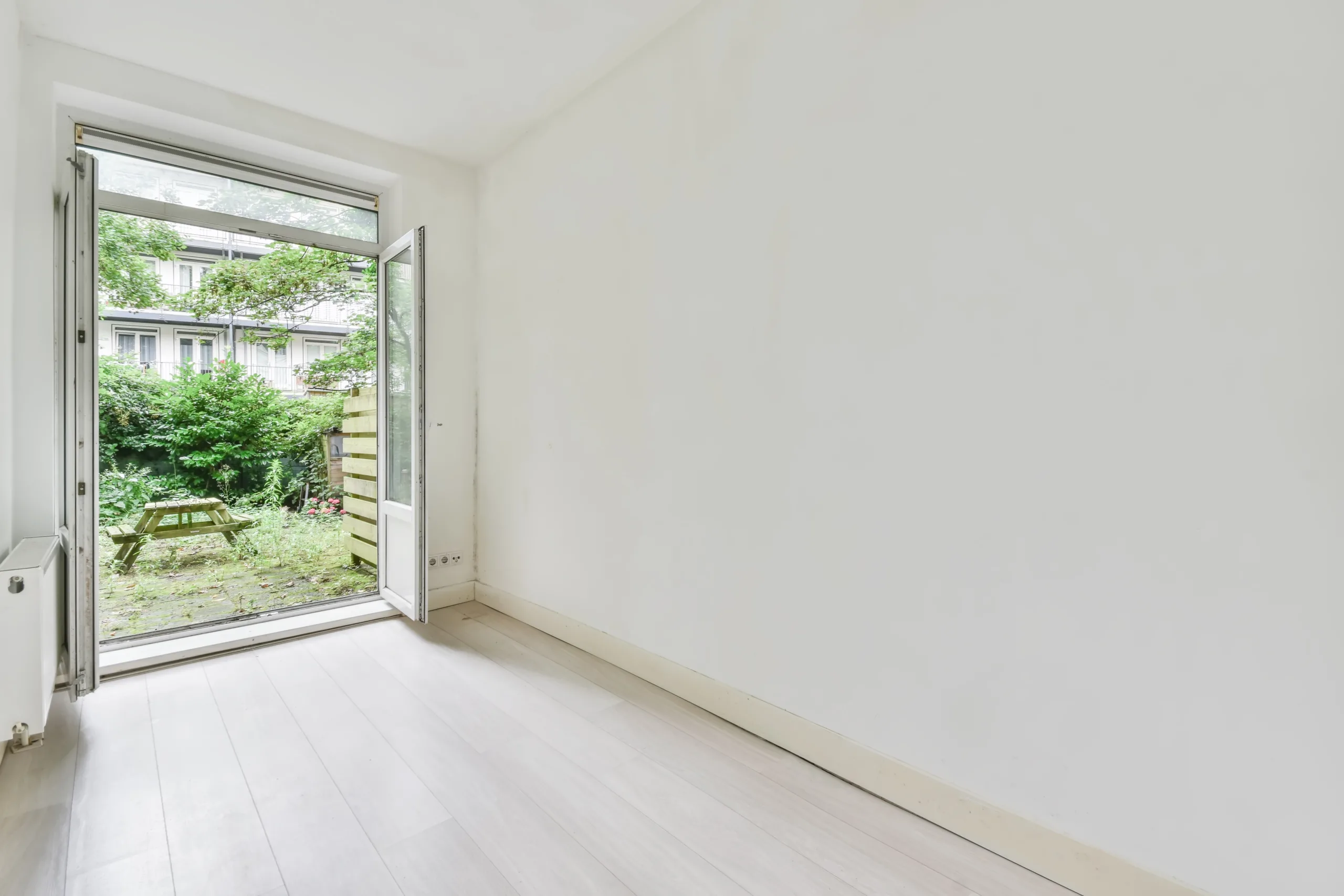
Choosing the right furniture for a multipurpose space is a crucial step in ensuring that the room is functional, comfortable, and aesthetically pleasing. Here are some tips to guide your choices:
1. Versatility is Key
The most essential characteristic of furniture in a multipurpose space is versatility. Look for furniture that can serve multiple purposes or transform to fit different needs. For instance, a sleeper sofa can function as a comfortable couch during the day and convert into a bed for overnight guests. A coffee table with storage or one that can be raised to desk or dining height can also be a smart choice.
2. Size and Scale Matter
Furniture in a multipurpose room needs to fit the space well. Avoid oversized pieces that can make the room feel cramped and inhibit movement. Instead, choose items that are proportionate to the room’s size. Modular furniture can be especially useful in these spaces, as it can be rearranged to fit different layouts and uses.
3. Prioritize Storage
Good storage solutions are essential in a multifunctional space. Look for furniture that incorporates storage, like ottomans with hidden compartments, bookshelves with doors, or beds with built-in drawers. These pieces can help keep your space tidy and organized, making it easier to transition between different uses.
4. Invest in Quality
Because furniture in a multipurpose space is likely to see a lot of use, it’s important to invest in high-quality pieces that can withstand wear and tear. Look for durable materials and sturdy construction. While these pieces may be more expensive upfront, they can save you money in the long run by lasting longer.
5. Choose Flexible Seating Options
Seating is an important aspect of any room, and in a multipurpose space, flexibility is key. Consider options like stackable chairs, which can be brought out when you have guests and stored easily when not in use, or floor cushions that can be moved around and stowed away as needed.
6. Keep Style in Mind
While functionality is paramount in a multipurpose space, you also want to keep aesthetics in mind. Choose furniture that fits your personal style and creates a cohesive look throughout the room. Remember, this space is still a part of your home and should reflect your taste and personality.
By carefully considering your needs and choosing versatile, appropriately-sized, high-quality furniture, you can create a multipurpose space that is both functional and enjoyable to spend time in.
Transform Your Multipurpose Spaces with These Tips
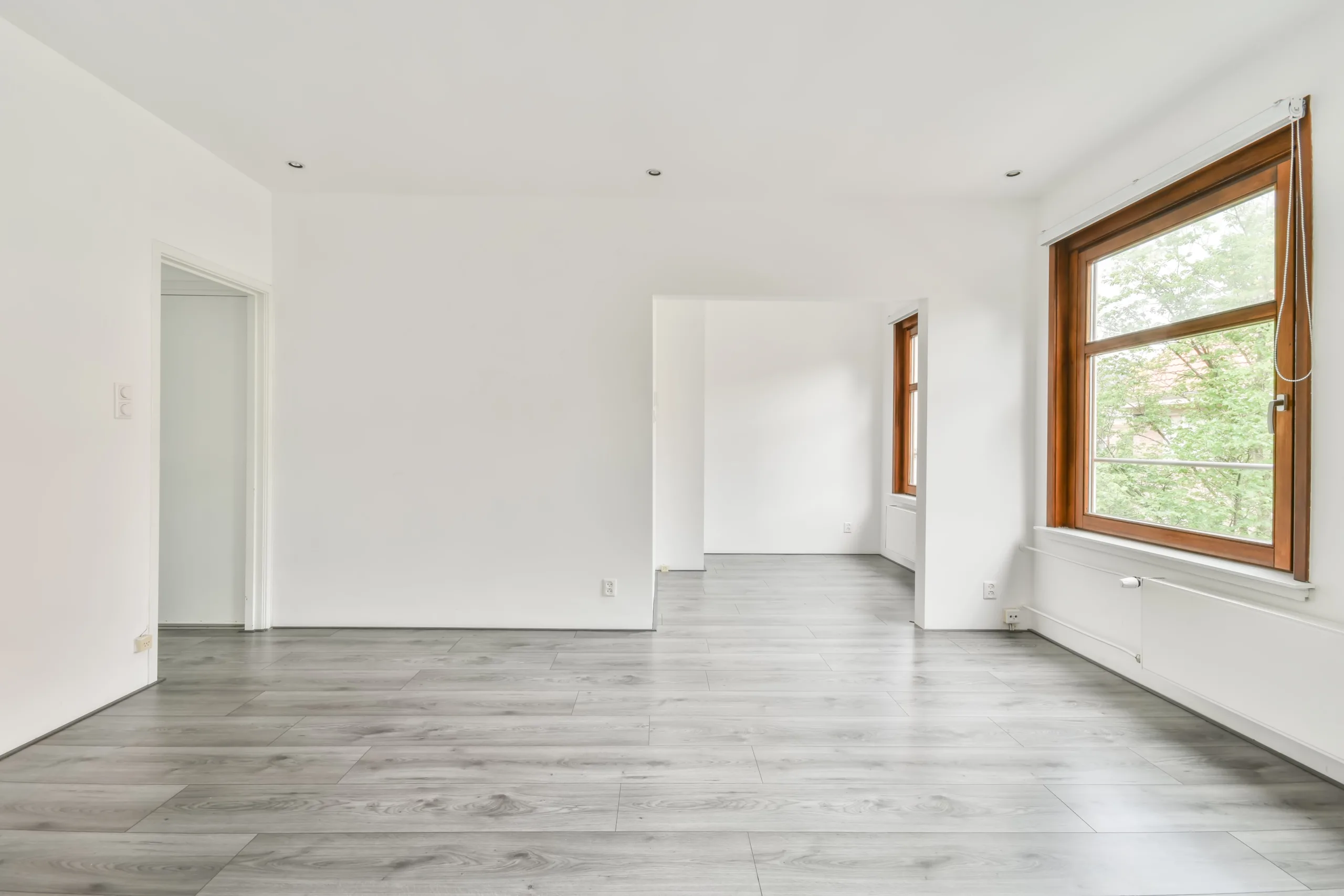
Livermore, CA’s Home Remodelers is a reputable company known for its expert craftsmanship, attention to detail, and dedication to customer satisfaction. We have a wealth of experience in creating multi-purpose spaces and can expertly navigate the process. We are committed to delivering high-quality work, maintaining open communication, and completing projects on time.
We prioritize quality and offer a holistic approach, managing everything from initial design to final construction. Multi-purpose spaces offer numerous benefits, and by hiring a reputable company like Livermore, CA’s Home Remodelers we can ensure these spaces are designed and constructed to the highest standards. Contact us now!






